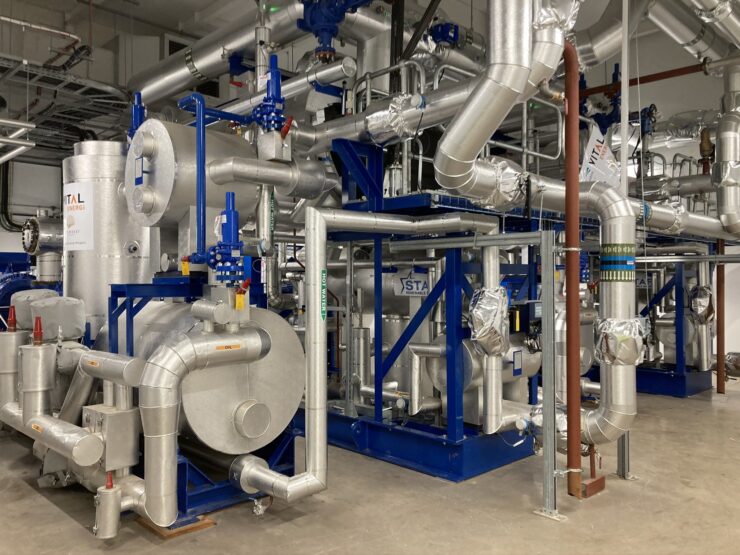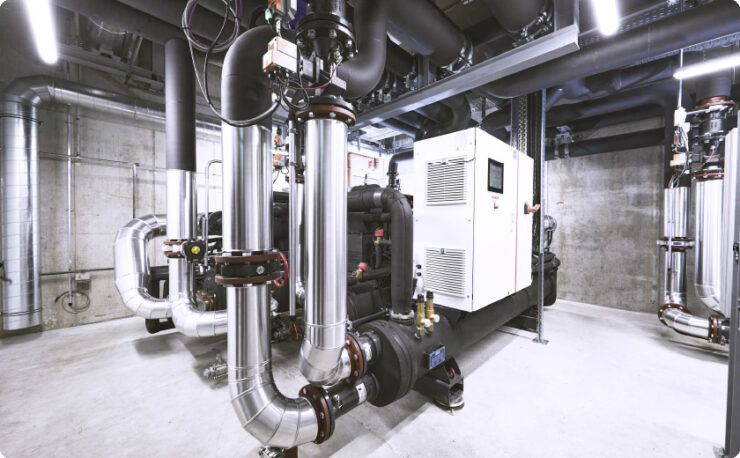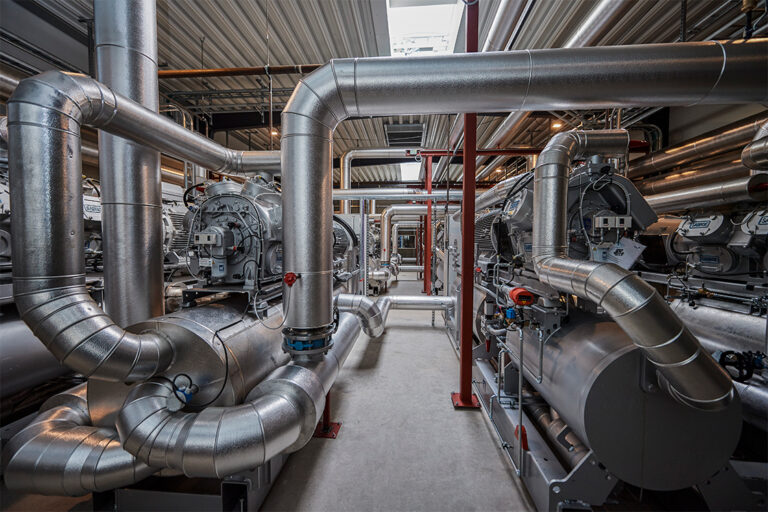PE pumps are devices that play a crucial role in circulating water in steam generation systems. They are responsible for delivering hot water to the boiler, where it is heated and converted into steam. This steam is then used to drive turbines, which in turn power generators to produce electricity.
The primary task of PE pumps is to ensure a constant and reliable supply of water to boilers at high temperatures and pressures. They must provide stable operation of the steam generation process, which is essential for efficient electricity generation.
Advantages of using PE pumps include:

- Efficiency: These pumps are designed for high performance and efficient transfer of hot water. They ensure the reliable operation of the steam generation system.
- Reliability: Feedwater electric pumps must operate continuously and have a high degree of reliability and durability to avoid downtime in power plants.
- Regulation: Systems with feedwater electric pumps typically have the capability to control water delivery to the boiler, allowing for the maintenance of optimal conditions for steam generation.
- Fuel Savings: Properly managing hot water delivery using these pumps can help save fuel and improve the efficiency of the electricity generation process.
In this way, PE pumps play a critical role in electricity production in thermal power plants, ensuring a reliable supply of hot water to boilers and optimal conditions for steam generation. Their performance and reliability are crucial for the effective operation of power plants.
Key Design Features of PE Pumps:

- Materials: PE pump are typically constructed from high-quality metals and special steels that provide chemical resistance and durability at high temperatures and pressures. Internal components such as impellers and casings undergo meticulous processing to ensure sealing and efficiency.
- Motors: PE pumps are equipped with electric motors that must provide high power and reliable operation. Modern trends include the use of high-efficiency motors with variable frequency drives for precise control of water delivery and energy savings.
- Control Systems: Modern PE pumps are often equipped with advanced automatic control systems that can monitor and regulate pump parameters. This helps optimize performance and ensures stable operation.
- Hydraulic Characteristics: To achieve optimal performance and efficiency, PE pumps must be designed with the hydraulic characteristics of the system they operate in, including the correct combination of diameters and shapes of pump elements.
- Monitoring and Diagnostics Systems: Modern pumps may also be equipped with monitoring and diagnostics systems that allow operators to track the pump’s condition, detect potential issues, and prevent failures.
Recent trends in PE pump design aim to enhance wear and corrosion resistance, improve hydraulic efficiency, and reduce energy consumption. Special attention is also given to minimizing vibrations and noise, contributing to more comfortable operation and longer pump service life.
Innovations in the design and construction of PE pumps are also focused on increasing their environmental sustainability, including reducing emissions and optimizing resource consumption. Companies manufacturing such pumps are actively working on developing new technologies and production methods to achieve these goals.
In summary, PE pumps for thermal power plants are key components of the steam generation system, and their design is constantly evolving to ensure efficiency, reliability, and environmental sustainability in electricity production.

